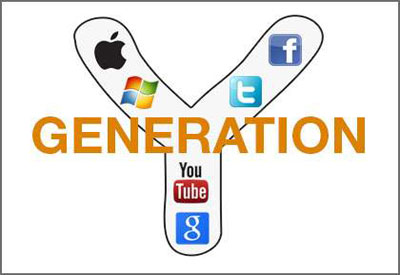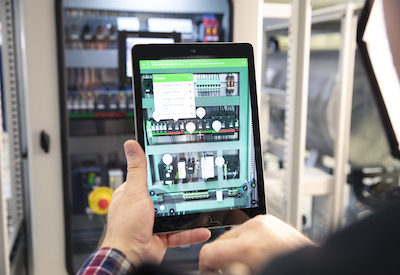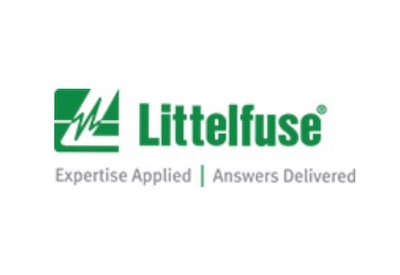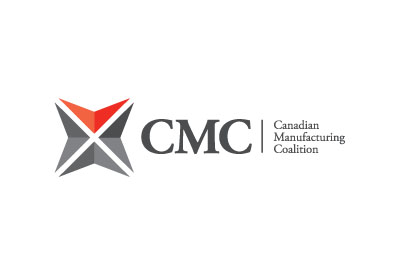Generation Y – Next Generation – Never to old to Learn!

Paul Eitmant
In past few months I have notice some new terms in the electrical publication that made me stop. I had think about the true meaning.
Listed below are few examples:
• High efficacy contemporary design
• Precision-engineered optics
• Intuitive minimalist design
• Stylishly integrated design
• Architectural-grade product
• Architectural solutions
• Millions of selectable colours
The last one was special, because I just imagine my wife coming home from the paint store with a million colour chips to pick the new contrast colour for the main hall entrance!
During a causal conversation with my youngest daughter, she stated that the new target audience was the next Generation Y or millennials. I was surprised, but this did make sense. Therefore, to help other readers of my generation (“baby boomers”), I continued my research and found some information that was helpful. Listed below are my findings.
• Millennials (also known as the Millennial Generation [1] or Generation Y) are the demographic cohort following Generation X. There are no precise dates when the generation starts and ends. Researchers and commentators use birth years ranging from the early 1980s to the early 2000s.
• Generation Y, sometimes referred to as “Millennials, “Echo Boomers”, or jokingly as “Generation Why?” refers to the cohort of individuals born, roughly, between 1978 and 1990.
Generation Sub-Generations Time Table Notable Occurrences
Greatest Generation G.I. Generation 1901 – 1924 Experienced WWII in adulthood
Silent Generation 1925 – 1945 Experienced WWII in childhood, Civil Rights Movement
Baby Boomers Boom Generation / Hippie 1946 – 1964 Space Exploration, First Modern “counterculture”
Generation X Baby Busters 1965 – 1980 Experienced Vietnam War/Cold War
MTV Generation / Boomerang Generation 1975 – 1985 Rise of Mass Media/end of the Cold War
Generation Y Echo Boom (Generation McGuire) 1978 – 1990 Rise of the Information Age/Internet/War on Terror/Iraq War/Rising Gas and Food Prices
Generation Z New Silent Generation 1995 – 2007 Rise of the Information Age/Internet/dot com bubble
Digital Globalization
During this learning process, I came across this article by Emily Cummings, which was very helpful.
Learning Digital Advertising: Terms You Should Know if You’re New to Digital Advertising
The basics. You want these, and fast, when you are new. Even before you attempt to understand the LUMAscape and the IAB’s Digital Advertising Arena, establishing a solid foundation can allow you to quickly streamline your objectives. But how do you know where to start?
As the newest member to StudyBreak Media, I know first-hand how important a basic foundation is. Here, I provide a quick cheat sheet on some key terms you should know when starting out in advertising for digital media.
1) Publisher — Any person or company that publishes content via a site, app or blog. This is the opposite of the ‘demand’ side of the business.
2) Impression(s) — Sometimes referred to as “Imps,” this is the measurement of the number of times an advertisement is displayed. Impressions are measured on a per page basis, which is the number of ad spots per page view.
3) CPM/eCPM/rCPM, CPC, CPA/CPL — Okay, so this isn’t one term (technically) but if you know one of these terms you can easily learn them all, and you should. These terms represent various business models for earning revenue. It’s important, of course, to make sure you know at least the one your ad partners use to sell their inventory.
▪ CPM (cost-per-milli) — From the Latin meaning one thousand. Literally, the amount paid for every 1,000 qualifying impressions served.
▪ eCPM (effective cost per milli) – This term gets more specific and shows the cost of ad inventory based on the amount of impressions that were actually shown/paid. Here is the formula to determine this amount: eCPM = Revenue/(Paid Imps/1000)
▪ rCPM (real cost per milli) – The most accurate view of ad space of the three, this provides the “real” worth because it takes into account the total imps that occurred, not just the ones that paid, which is important when determining the value of a space. The formula to determine this amount is: rCPM = Revenue/(Total Imps/1000)
▪ CPC (cost-per-click) – Yes, you guessed it; this would be the amount paid every time someone clicks on an advertisement.
▪ CPA (cost-per-action) or CPL (cost-per-lead) – “Action” or “Lead” mean exactly that; some type of action or lead resulted from the display of the ad such as a sale or registration obtained.
4) UI (User Interface) — Allows the user to communicate and command a program. The UI specifically determines how easily this can be done when working with ad partners on ad placement (basic comparison would be “edit” options on your Facebook account). UIs can be used in many different fields for many reasons, but in digital advertising a UI will provide:
▪ A publisher with reporting information on ad performance by unit
▪ The rate for each unit
▪ Ad tags (I snuck a new term in here) – HTML or JavaScript code that you can place within your site in order to display ads. These tags will contain information specific to your site and the types of ad units you are displaying on it
*These are just some examples of what a UI can provide a publisher.
5) IAB (The Interactive Advertising Bureau) – Made up of over 500 leading media and technology companies, IAB works to educate about the value of interactive advertising as well as evaluate and recommend standards and practices (such as standard unit size).
6) Ad Units — The space in an application where ads are displayed. The format used is widthXheight in pixels (e.g. 728X90).
7) Banner/Leaderboard, Rectangle, Tower/Skyscraper — (Again technically not one term, but you need to know this stuff!) You’ll learn pretty quickly that there are a lot of terms that have several different names. Always learn the jargon in your company, but be aware of these possible other ways of saying them for when you are working with those outside of your office. These terms refer to standard ad units. Banner (728X90), Rectangle (300X250) and Tower (160X600).
8) Creative — You will often here this word used to refer to the actual images the advertising displays.
9) ATF and BTF (Above the Fold) and (Below the Fold) — These terms actually stem from print advertising and refer to the space on the page where the ad unit is displayed. Creative placed ATF are typically more valuable because they are thought to be more widely seen and interacted with by the site user, but programmatic buying (a term I will define in more depth another time) is changing that and view-ability is the new craze.
10) ROS (Run of Site) — An option for ad display, which places ads on a rotation in all non-custom ad spaces. These ads can run on any page within the site that doesn’t have an ad already designated for that unit.
These are by no means all of the basic terms you should take the time to learn. However, this is a quick and dirty guide to help get you started. As you can see, a lot of the terms start to flow into one another. When you learn one term, it will inevitably lead you to learn another and so on. Most of the terms you learn you will likely learn as you go, but having at least a basic understanding of key terms will allow you to build on your comprehension more quickly and are key to future growth and success.
Happy learning! Remember it’s never to old to learn something in our changing industry.
Read more from Paul Eitmant in CEW:
– A New Player in the Canadian Gray Market
– The Cost of Bad Leaders
– NAFTA Still a Good Show
– On Being an Effective Coach
– The Biggest Risks to Canada’s Economy In 2015 and Beyond
– Networks and Lighting Standards – Follow Up – One Year later
– How Healthy is Your Business?
– Social Media: Is It the Future for the Electrical Industry?
– Customer Service: A Key to Success
– The Right Price to Get the Order — the Last Look
– The Good Old Boys Club “Changing of the Guard”
– Who’s Next Within North America’s Electrical Distributor Channel?
– LEDs: the Fastest Growing Product/Market for 2015
Paul Eitmant is President and CEO of IP Group International, which serves the needs of business-to-business enterprises in over 30 countries worldwide by adding specialized expertise to the business planning and implementation process; Tel: 480.488.5646; paulipgroup@cox.net











